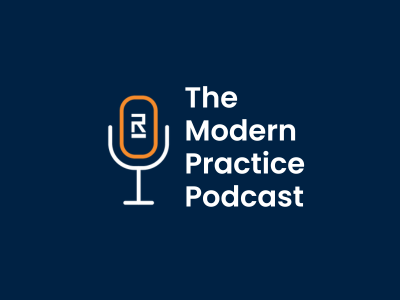The ways in which businesses implement technology has evolved to the point that nearly every organization has assembled a stable of products — software, apps, tools — to make operations run more smoothly.
In healthcare, the choices you make about what to include in your tech stack have significant downstream effects, including the types of integrations that can be built, the skills needed to work the technology and the people you hire for those skills.
In March 2023, I moderated a panel of industry leaders at the Women in DSO Empower and Grow conference about building an internal technology stack. We sat down to talk about how to make the best decisions to ensure your practice and DSO grow. In this article, I’ll recap and review how to audit your current tech stack with an eye toward making it exactly what you need.
No Two Tech Stacks Are the Same
Successful companies leverage numerous apps to build the right technology stack for them. A typical DSO tech stack might include tools for scheduling, forms, payments, and remittance.
But just as no two tech companies use the exact same suite of solutions, no two practices have the same patient population, business goals or even employee skillset. Sometimes two offices within the same practice might deal with sufficiently different variables to warrant unique technology stacks.
When building your tech stack, consider all your business needs. Do you want to bring in new patients grow your practice? Do you need to streamline billing? A few years ago, these dependencies weren’t necessary, but today, they are critical for thriving practices.
There’s an App for That… but Do You Need It?
One of the many benefits of software is that it allows us the fluidity to change in response to specific needs. As your practice identifies challenges or your goals change, bolting on another piece of technology may seem like the solution.
But adding technology upon technology isn’t the answer — we all likely have smartphone apps that were once useful but we’ve now deleted or just ignore. They function perfectly fine, but don’t have any real-world utility. Technology solutions are similar – they may be functionally sound, but not useful in the way you need them to be.
Five Ways to Build the Best Tech Stack for Your Practice
Take time to understand your current tech stack before diving in to changing it. This becomes potentially complex as you aggregate practices into the DSO umbrella, so listen to your staff. They engage with these tools daily and likely know the strengths and pain points.
In particular, look for places in your workflow that still require manual effort or time-consuming tasks — these will more than likely point to opportunities. As technology solutions evolve, the likelihood increases that there is a solution out there that can make those tasks more effective and efficient.
- Figure out what you already have — and what you need. Take time to understand your current tech stack before diving in to changing it. This becomes potentially complex as you aggregate practices into the DSO umbrella, so listen to your staff. They engage with these tools daily and likely know the strengths and pain points. In particular, look for places in your workflow that still require manual effort or time-consuming tasks — these will more than likely point to opportunities. As technology solutions evolve, the likelihood increases that there is a solution out there that can make those tasks more effective and efficient.
- Include all stakeholders. Your practice has more than one set of stakeholders and more than one set of priorities; office managers and staff often see a different side of things than practitioners. As the users of your tech stack, your staff members are most familiar with your practice workflow process. The right tech stack will make their jobs easier and more efficient, so find out where they run into trouble or what they feel could be streamlined. Being open to staff recommendations or allowing them to test new solutions not only shows you value their opinions and expertise — it opens a door to finding efficiencies that benefit the entire office.
- Expect a return on investment. Any investment in the practice should have a business case and expected return on investment. Are you trying to be more profitable? Are you looking to reduce outstanding balances in patient AR to increase cash flow? Are you trying to manage no-shows? The product you choose should align with an important business outcome. This way, you can determine its potential return on investment and effectiveness. Your practice manager and office staff are again invaluable resources for uncovering possible ROI.
- Establish a trial protocol. Before rolling out any new tools practice-wide, take a trial run with a few select staff members to ensure everything operates smoothly and as expected. Don’t rush it — patience is key and what you learn will be worth it. After the pilot, plan for an adoption phase and allow some time for implementation before examining how useful the tool is.
- Evaluate outcomes. You’ve made the implementation journey with a specific outcome in mind. Now is the time to measure. Are you seeing what you expected? Is the team struggling or has workflow improved? Go back to your original goals and look at the data inputs and outcomes.
Build the Perfect Technology Stack with Practice Management Bridge®
Practice Management Bridge is a state-of-the-art platform that offers multi-location practices and DSOs a robust technology stack in one consolidated solution that keeps all your patient and payment data in one system.
Features such as Text-to-Pay and Bulk Text-to-Pay for easy SMS payments, online payment links, and Card on File combined with patient engagement tools for online scheduling, appointment reminders, and patient experience surveys. This integration covers all your finance, scheduling, reminder, and digital payment needs. The result is an effortless user experience for both staff and patients.
Rectangle Health has been the choice of thousands of healthcare practices for over 30 years. Trust our experienced team to provide care, support, and best-in-class service.



